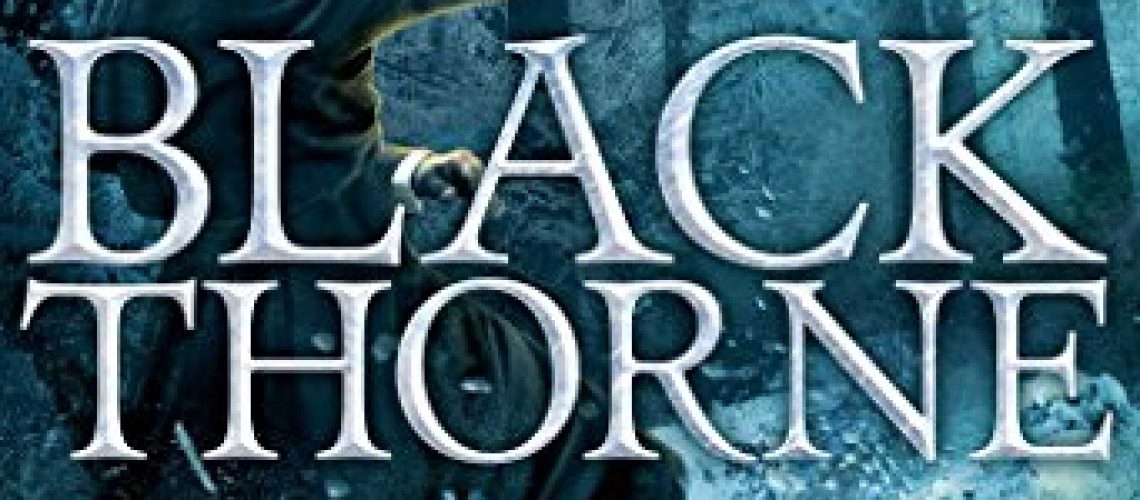There are many tools one can use for worldbuilding. A lot of them aren’t obvious to the reader—and in fact, I’d venture to say that the most effective techniques are those the reader doesn’t notice. This is how real life works. For example: events and cultural distinctions clearly affecting the world and those living in it but no one openly discusses are a big factor in everyday life.[1] Another of these hidden opportunities for worldbuilding involves secondary characters. One of the things I aspire to do is to populate my stories with any number of interesting characters capable of taking over the narrative. (Not that I let them.) Not only does it give the main characters people to interact with and thus further the plot, it’s realistic. Each of us thinks of ourselves as the main character of our story. Point of view characters in a novel are no different. However, we aren’t the only main character. Every “secondary character” we meet—doctors, neighbors, people on the street—is the main character of their own story in which we are the secondary character. That’s reality. In addition, well-developed secondary characters will sometimes alter the main character’s perspective of the world. This, too, is how the real world works. How many times have you encountered someone whose perspective on a situation altered your own? If you’re like me, quite a few. None of us operates in a vacuum. Characters in a narrative shouldn’t either.
In Blackthorne, I was careful to give secondary characters motivations and multiple-axis identities. This, too, is realistic. No human being is one-dimensional. We’re all a combination of our nationality, race, gender, religion (or non-religion), socioeconomic standing, health (mental and physical), and sexuality. We’re tugged in different directions all at once by these factors. It’s why human beings are often so contradictory. It’s why James Slate—the Acrasian that Queen Suvi appoints as her spymaster—is not only blind. He’s also bisexual, upper middle class, highly educated (a former university professor), white, and human. Those vectors affect how he views and interacts with others, and his actions—no matter how well-intentioned—in turn, say something about the world in which he lives and/or lived. In Emma Drake’s case, she is a straight, mixed race woman of color, but she’s also a former street urchin and an alcoholic. Captain Julia of the Waterborne is a straight, mixed race woman of color who is intelligent but not educated. (Not that the lack of education stops her.) One of my favorite minor characters is “Libertas.” She’s a multiracial journalist working anonymously to foment change in Acrasia via her one-sheets.[3] She’s also pregnant. Mallory McDermott is a painter who happens to be black. He’s also well-educated, bisexual, middle class, and a sex worker.
You get the idea.[4]
Each and every one of these characters is a mixed bag of perceptions and biases. None is perfect. Their flaws are equally as important as their positive qualities. Each is a product of a combination of environmental influences, who they were born, and who they choose to be. All of these things say something about the world in which they live. Multiple-dimensional characters make for a multiple-dimensional world, and they do so without need of the exposition that Epic Fantasy is infamous for.
Blackthorne is available in bookstores now, or you can order it online at Barnes and Noble.com or Amazon.








0 Responses